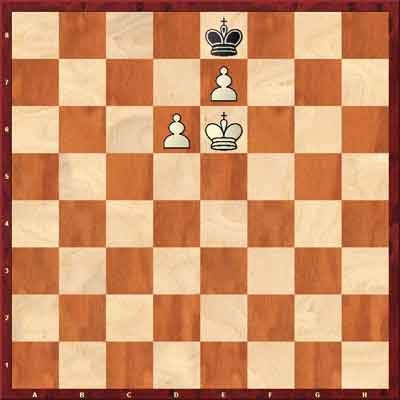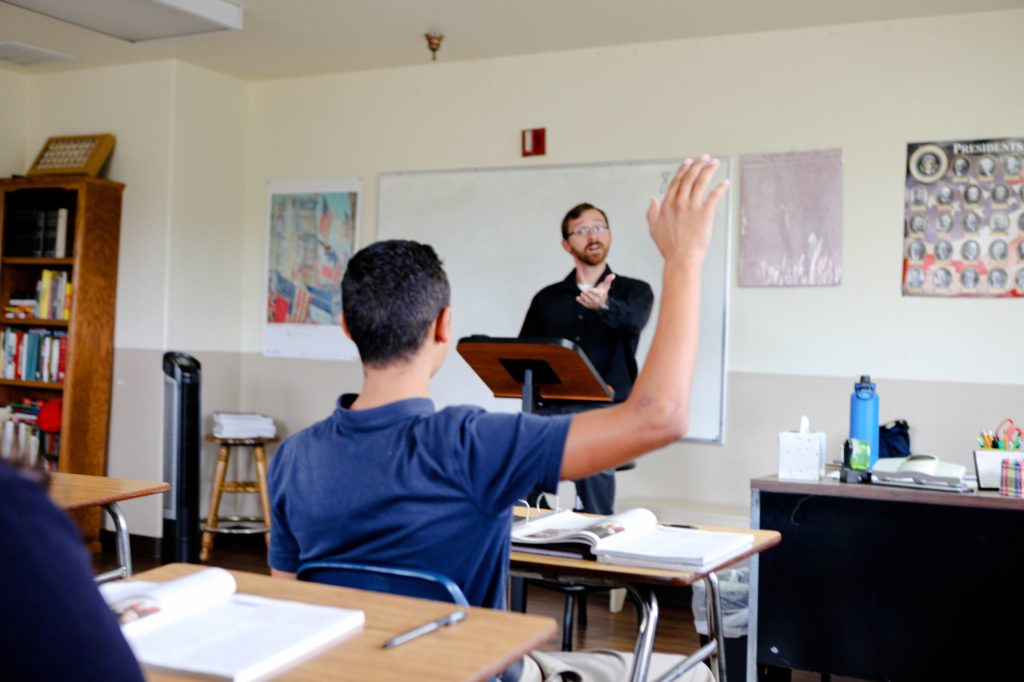The Humble Pawn
Samuel Jack Adamos, Grade 10
Let’s talk about the pawn. First, here are some alternate names for each of the pawns when people tried to make them interesting in medieval times.
- Gambler and other “lowlifes”, also messengers (in the left-most file, that direction being literally “sinister”)
- City guard or policeman (in front of a knight, as they trained city guards in real life)•Innkeeper (bishop)•Doctor (always the queen’s pawn)
- Merchant/Moneychanger (always before the king, whether or not he is to the left or right of the queen, which depends on the color of the pieces)
- Weaver/Clerk (in front of the bishop, for whom they wove or clericked)
- Blacksmith (in front of a knight, as they care for the horses)
- Worker/Farmer (in front of a castle, for which they worked)
So yeah, back in the day, pawns actually had occupations corresponding to what piece they were in front of. I think we should bring that back because pawns should be more special even if they’re just medieval peasants.
And now the significance of the pawn.
Ah, yes. The pawn. The most worthless piece in the chess game. Or is it? For many beginner chess players, the pawn may be the most useless piece. Maybe because of its lack of range, or maybe because it isn’t usually the piece to checkmate. Or maybe just ’cause it doesn’t look that cool. Either way, the pawn is often underestimated.
“But how do you use a pawn anyway? It’s not like it’s a queen where you can just move wherever you want!”
Yes, although the pawn may not be the most agile piece, it certainly makes up for it in numbers. Every normal chess game starts off with moving either a knight or a pawn. Now, you could definitely open with both of your knights in the field, which is by all means an adequate opening, but most, if not all the time, you’ll be moving a pawn or two within the first three turns of the game. If you ever study pro chess games, you may notice that the position of the pawns can actually DETERMINE the rest of the game! This is known as “pawn structure” and knowing how to effectively structure your pawns is a crucial skill in mastering the game.”
Okay, so move my pawns. Check.”
I’m glad you mentioned that.
If you look here, white’s got two pawns cornering black. Always be on the lookout for an opportunity to check, and a pawn checking is no exception! In this example, white’s king is protecting both pawns from being captured by the black’s king. If white moves pawn D6 to D7, that’s checkmate. Black cannot move to D8 or F8 because of white’s pawn on E7, and Black cannot capture the pawn moved to D7 or E7 because white’s king is protecting both. Keep in mind that pawns can effectively secure an area by sheer numbers and steer your opponent’s pieces where you want them.



